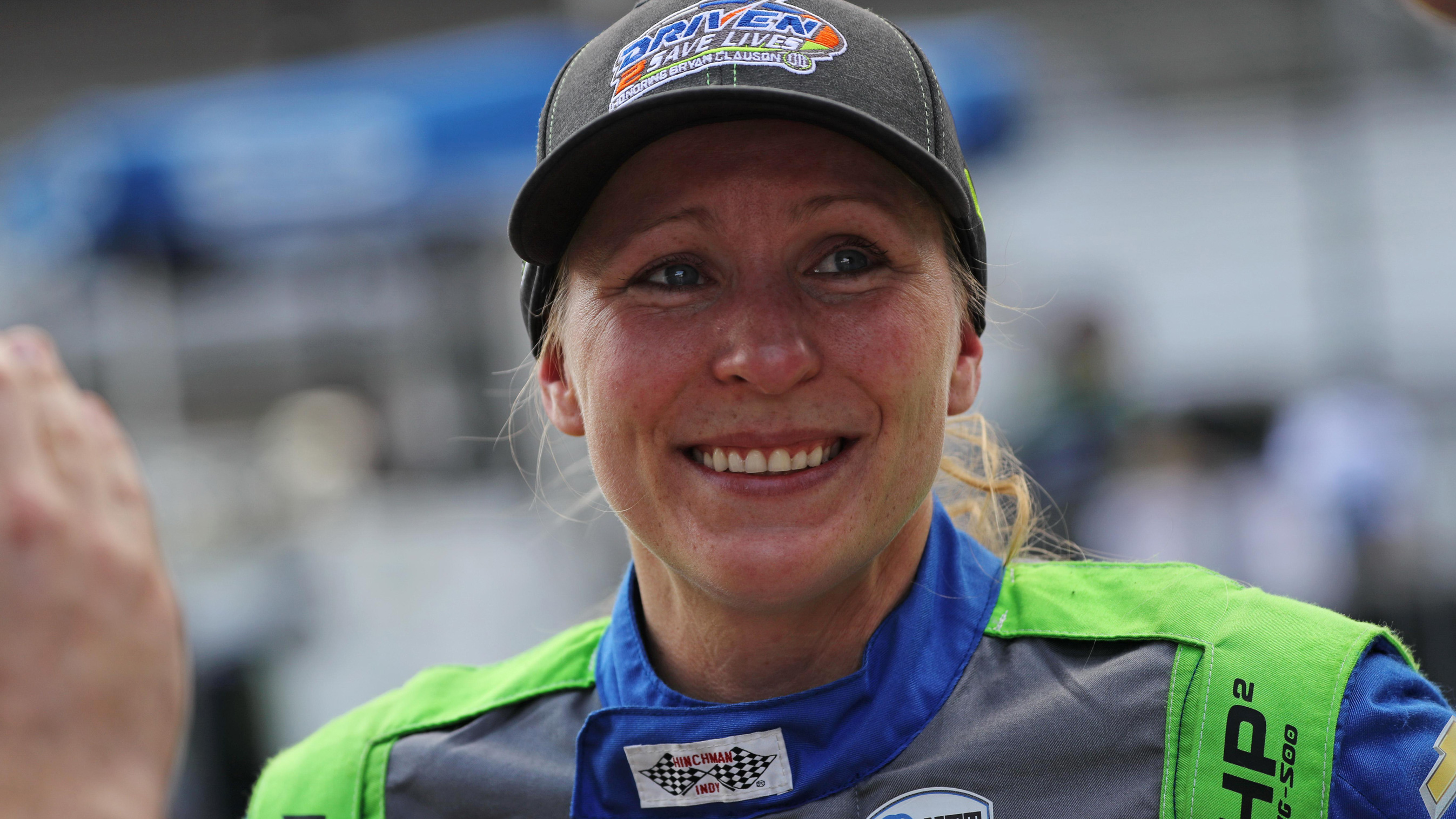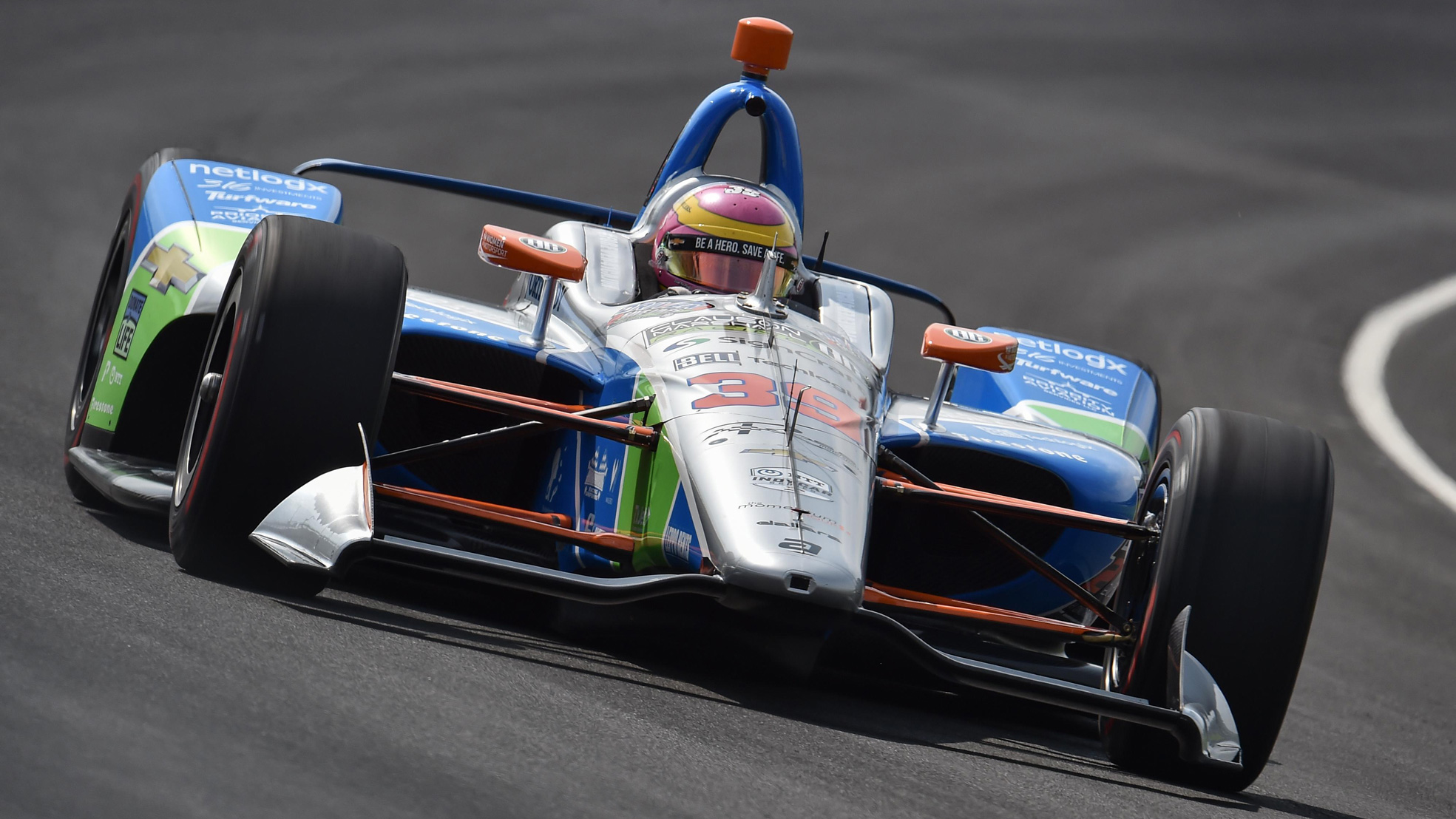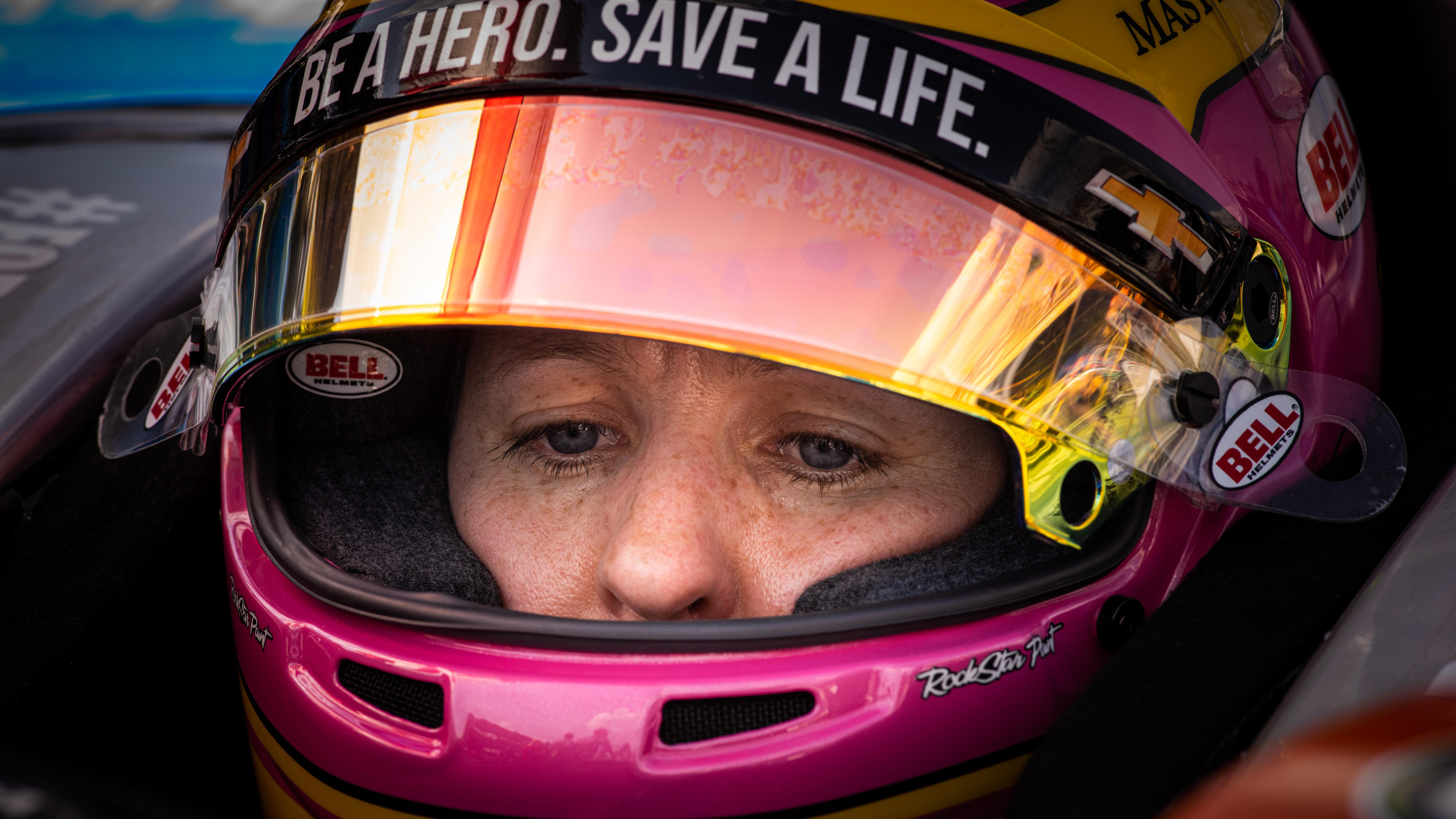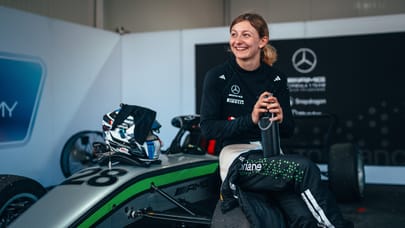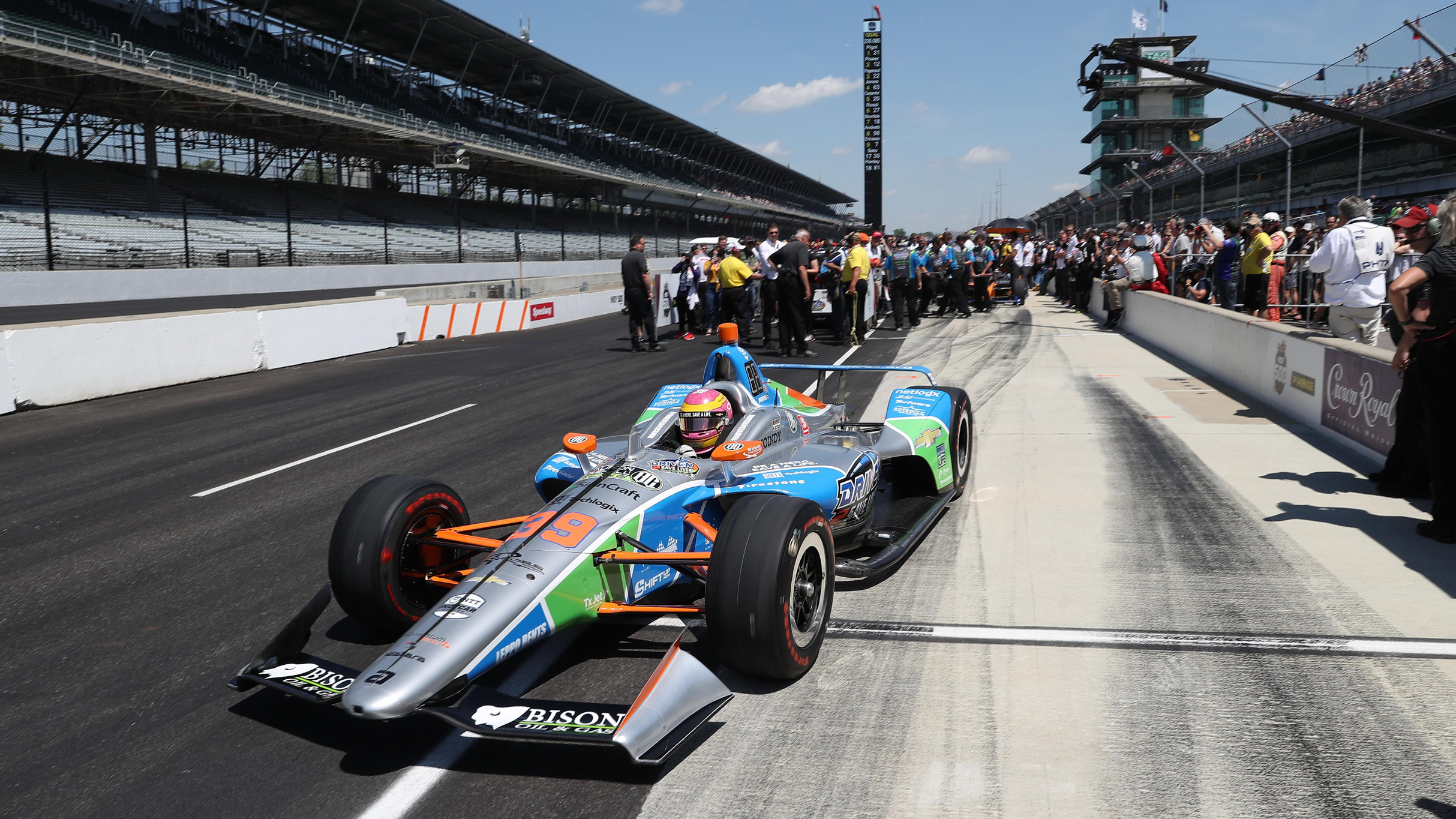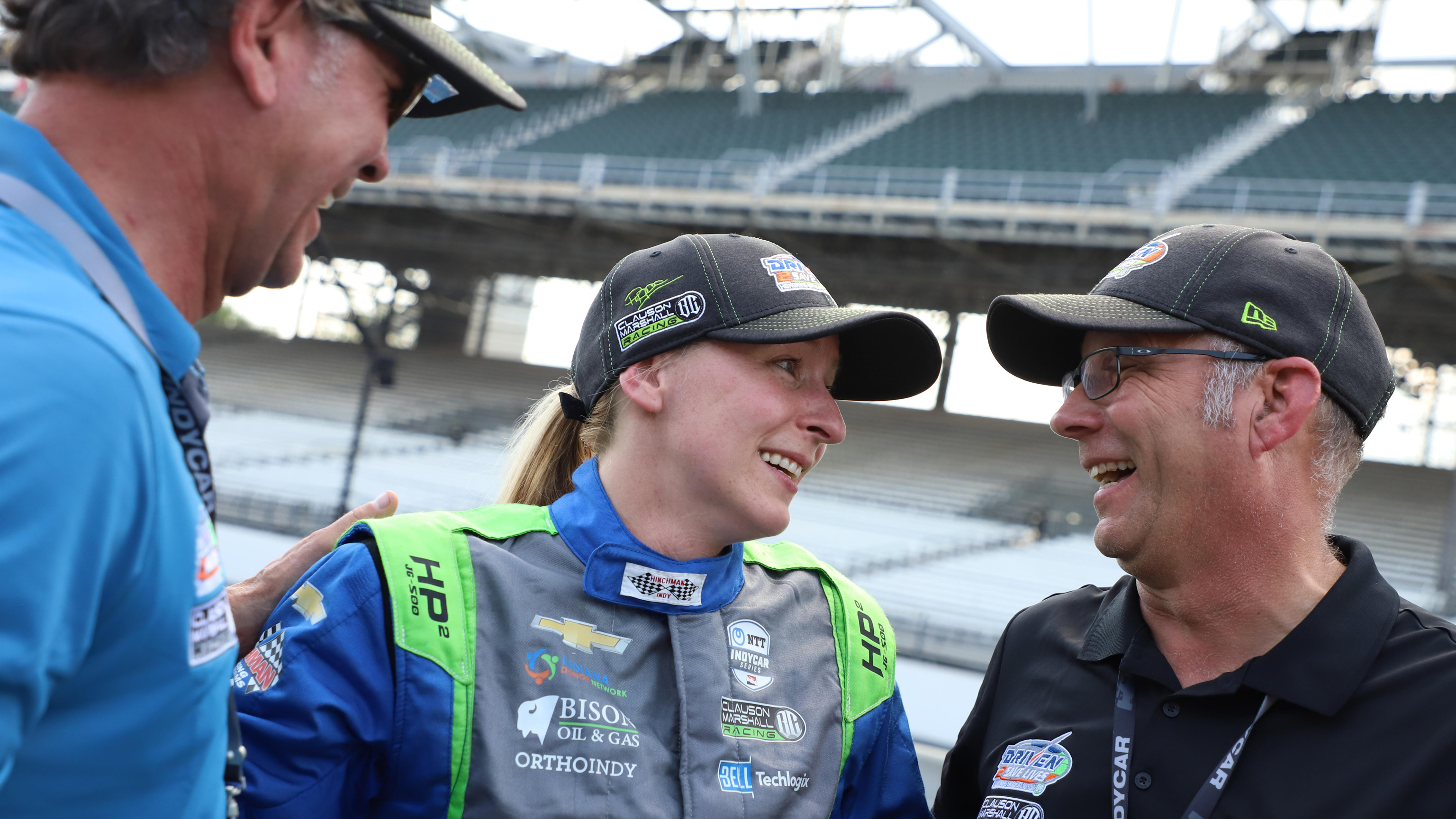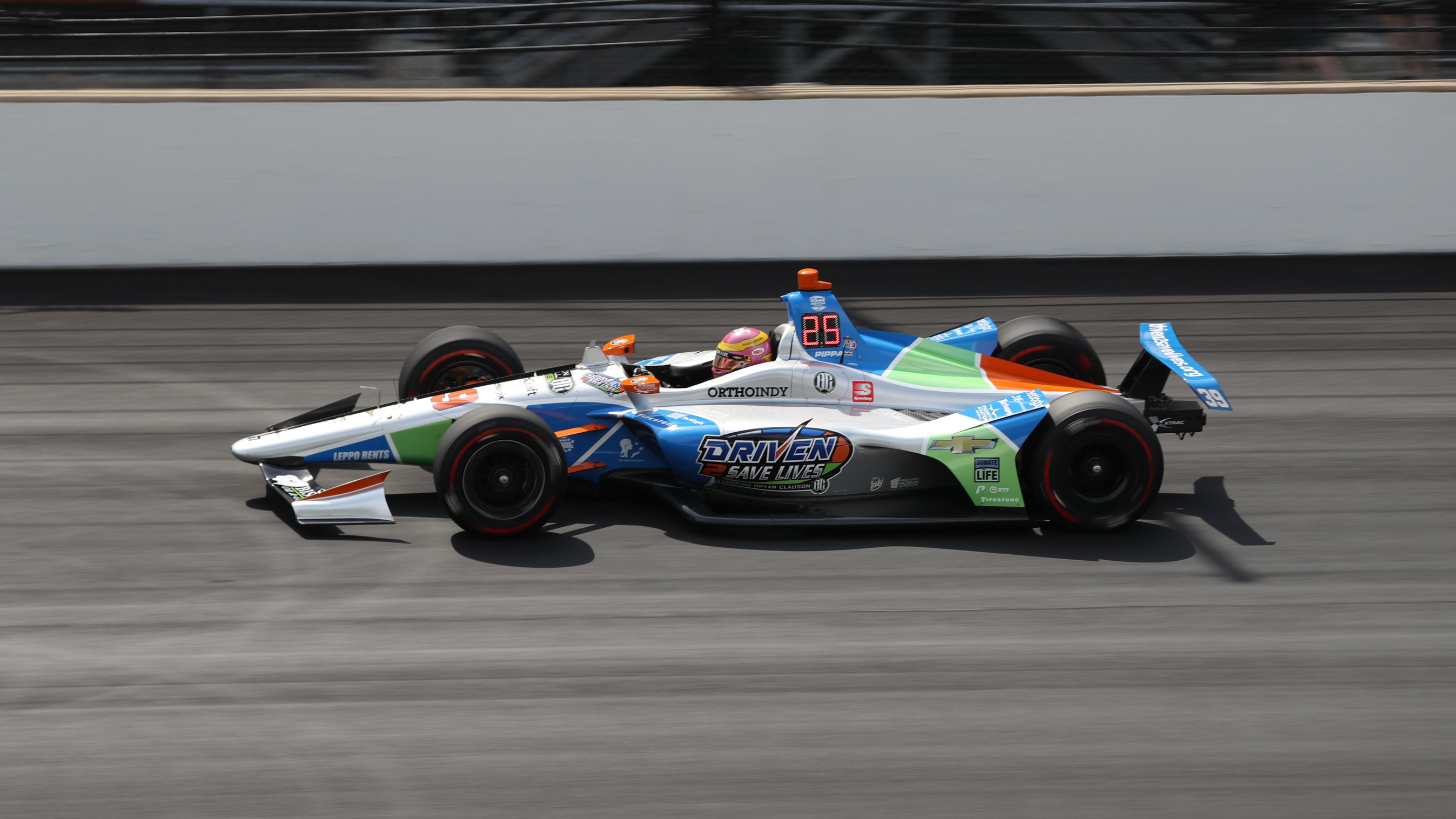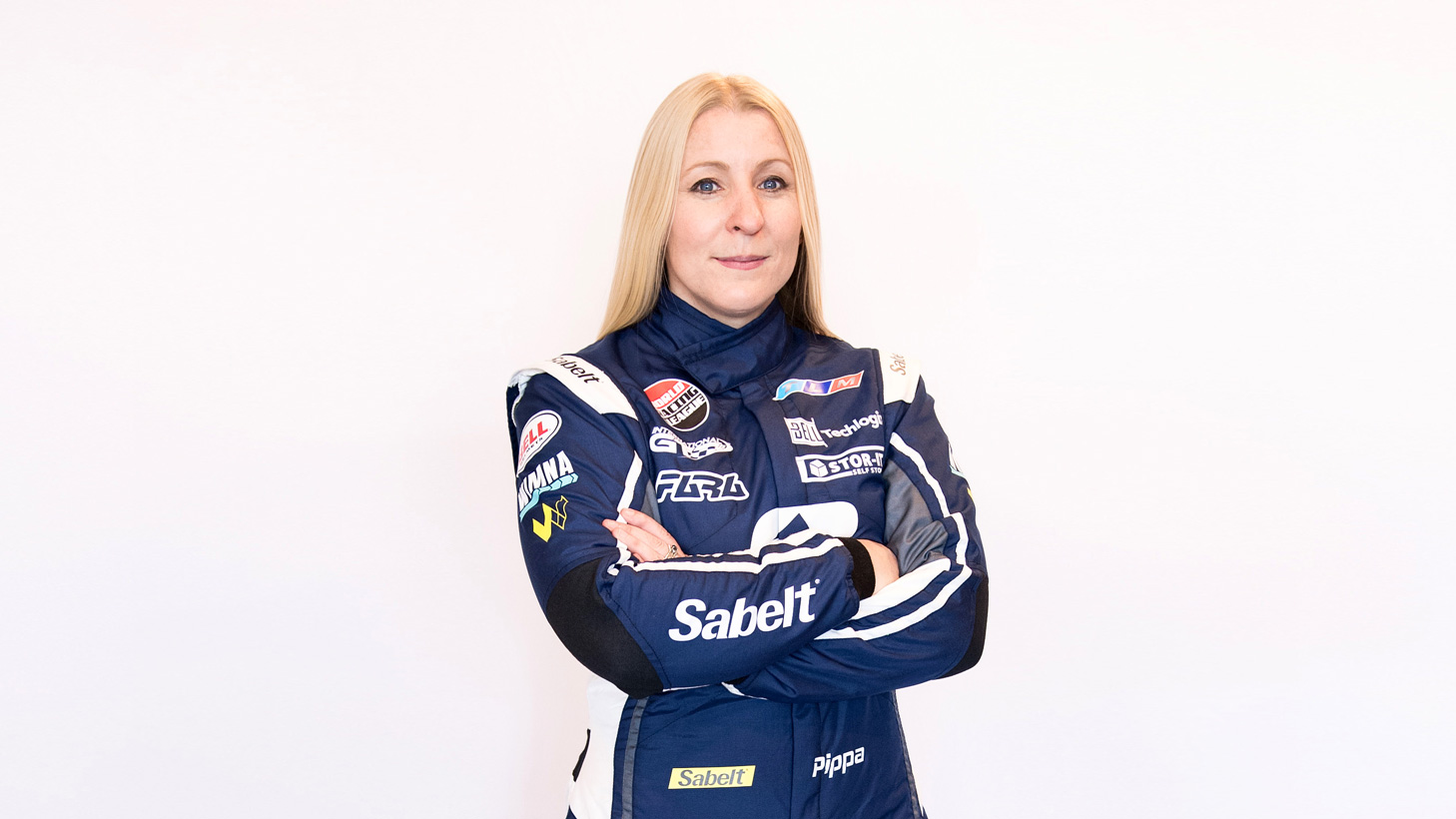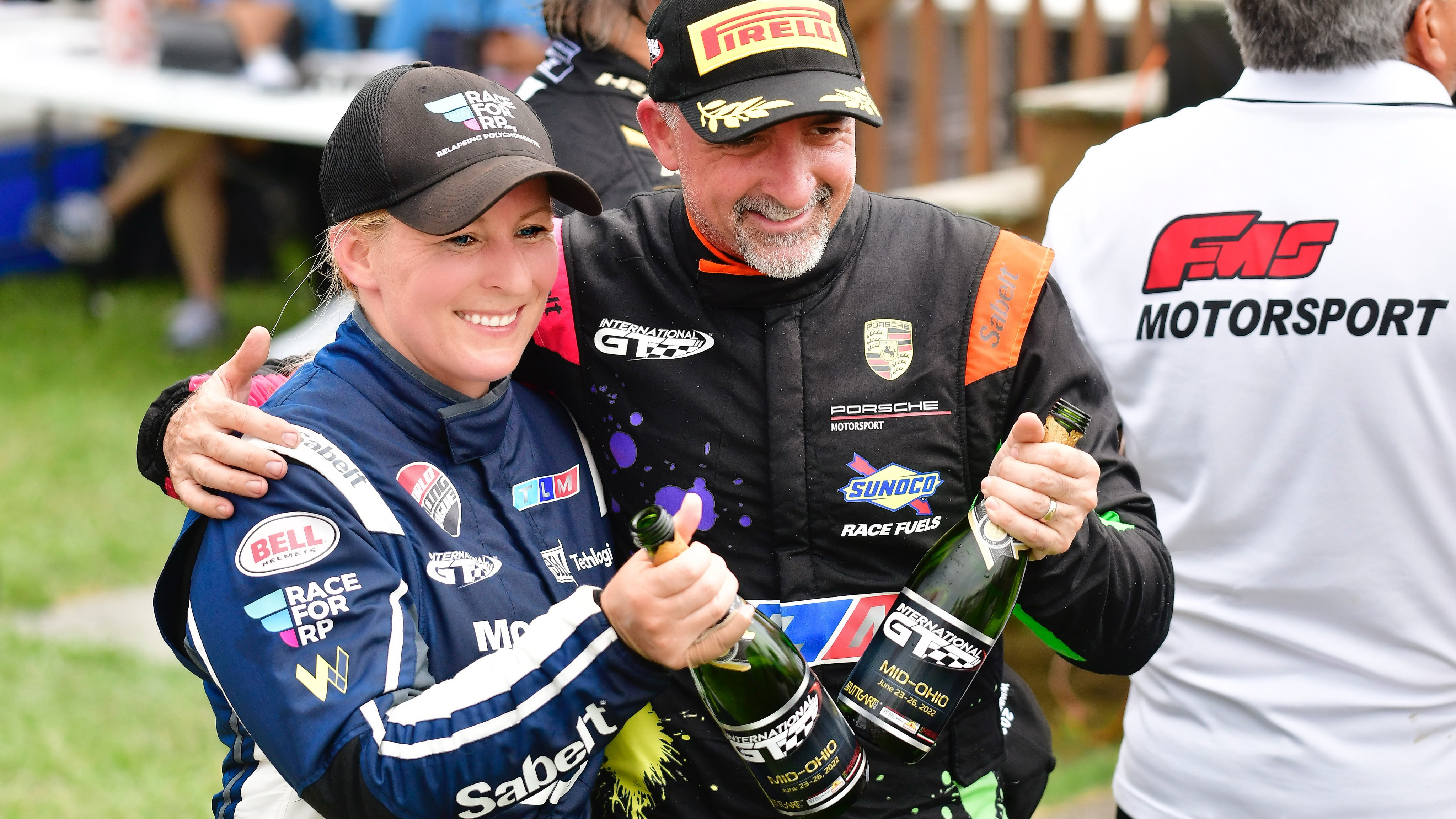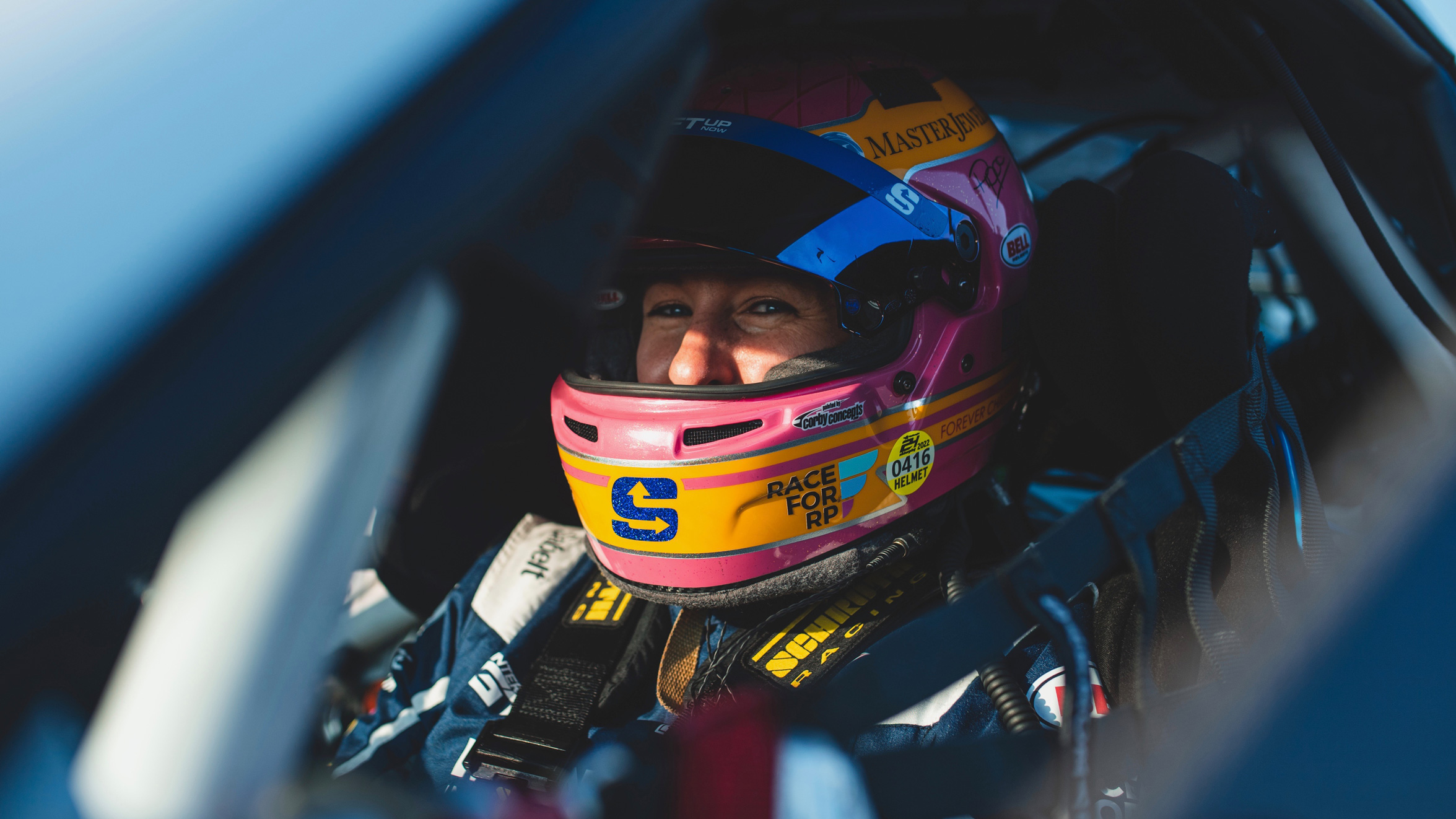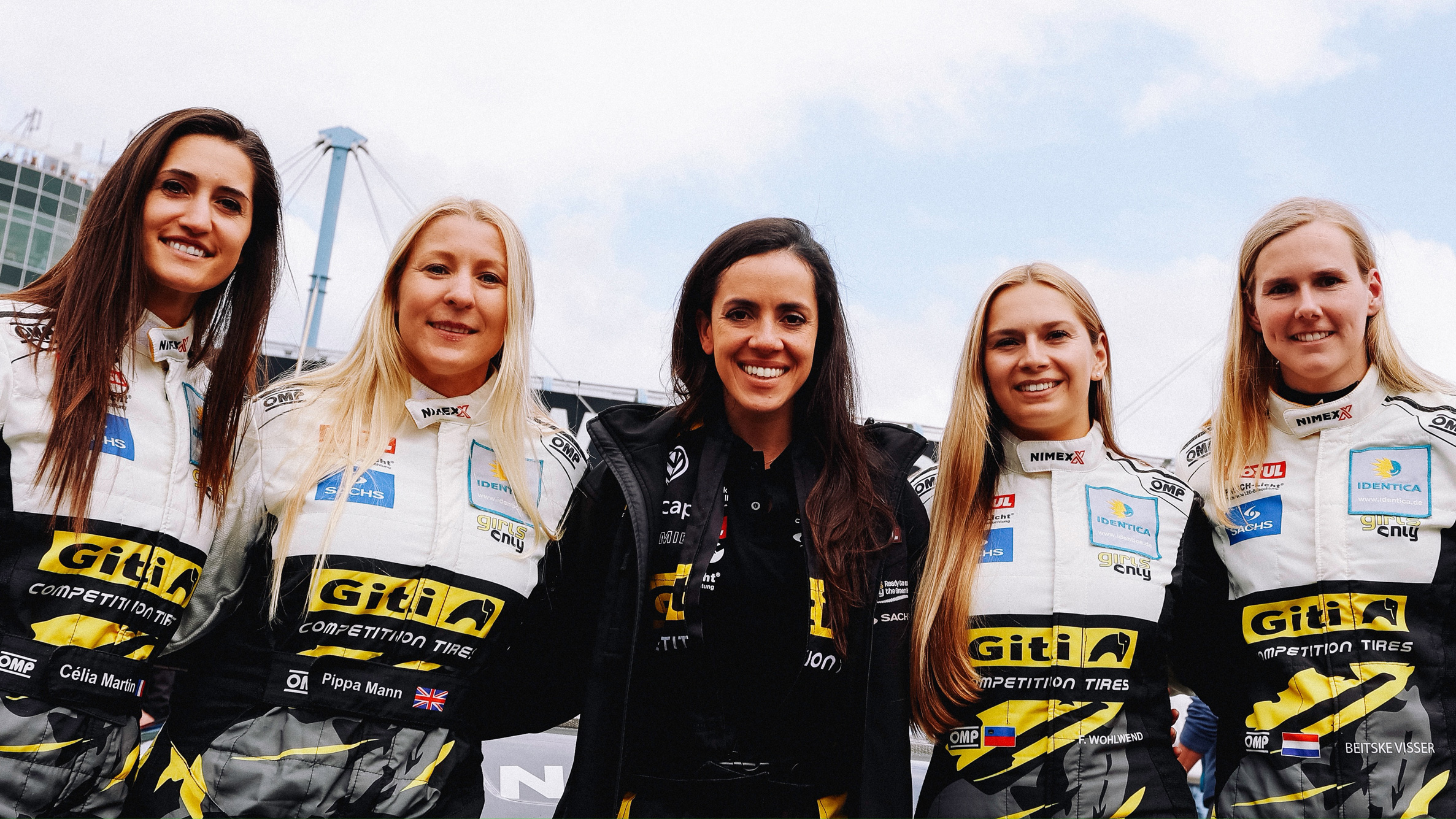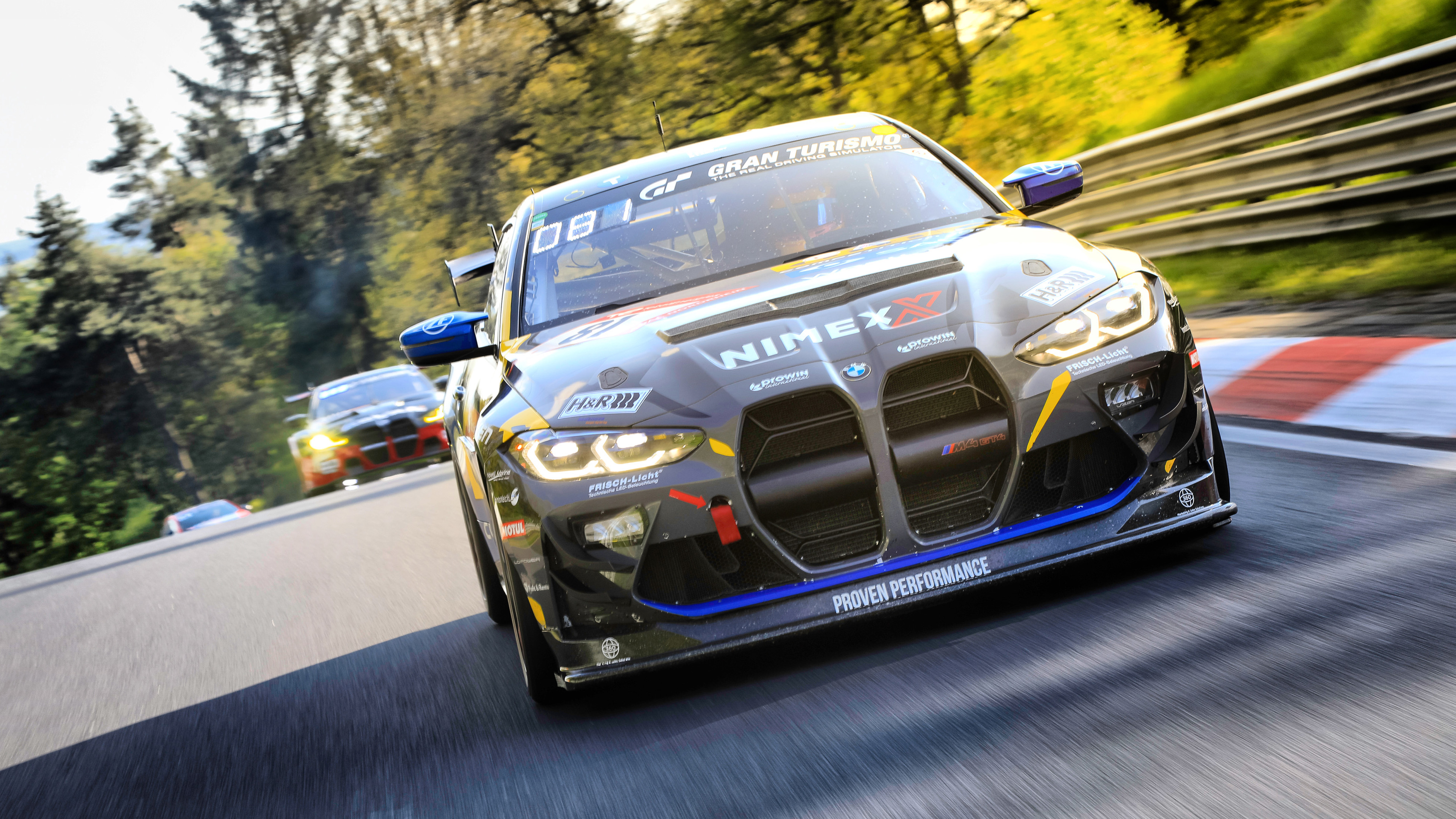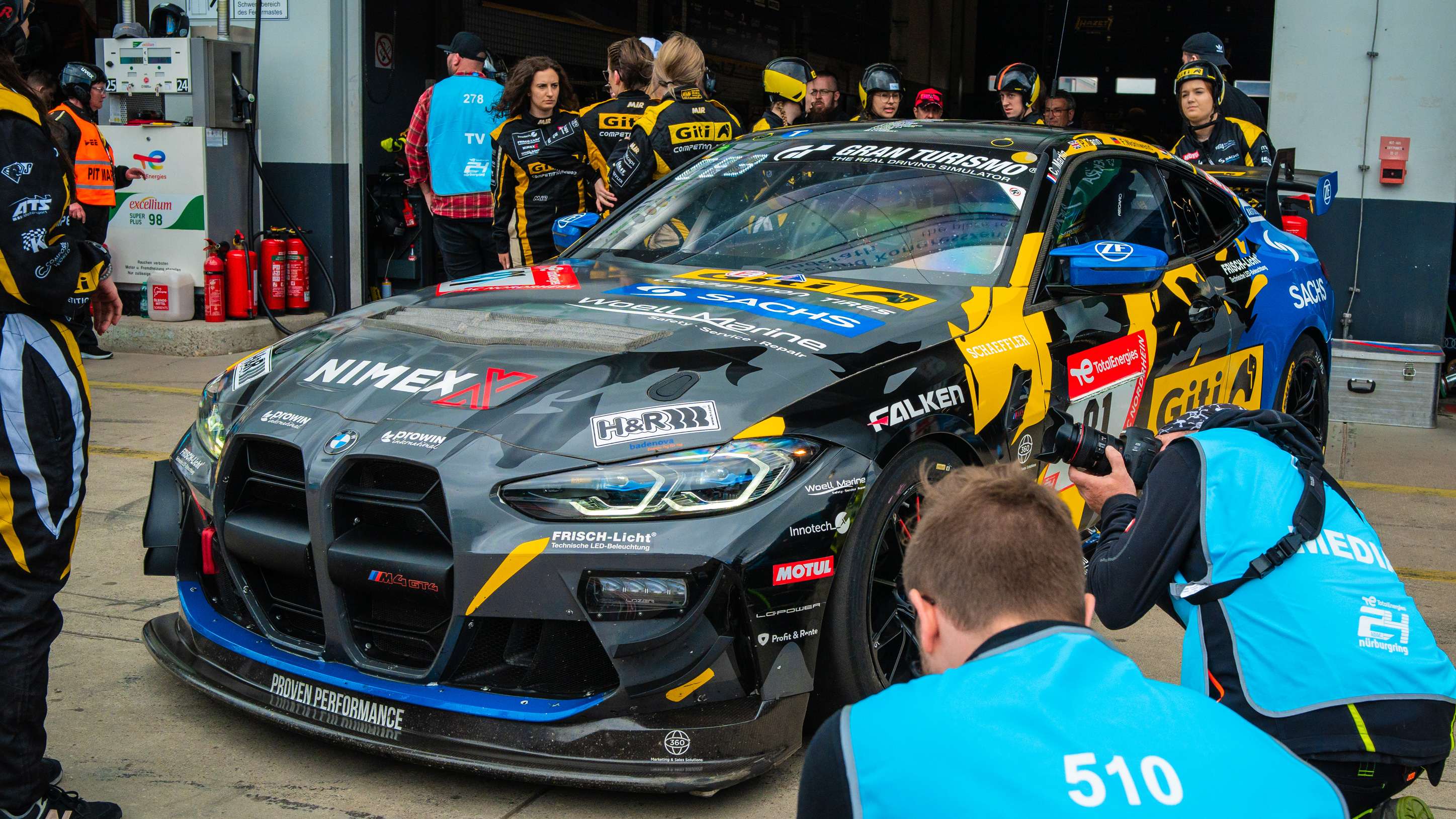
Pippa Mann on the Indy 500: “When you're in the trenches, it takes so much from you”
British racing driver tells TG her incredible Indy 500 stories, and how she’s inspiring the next generation
“The simple physics and dynamics are: you are going incredibly fast between two concrete walls. One on the outside, one on the inside. If something goes wrong at those speeds… it's going to be ugly.”
This is what it’s like racing in the Indy 500. Pippa Mann has been there and done it - seven times between 2011 and 2019 - though she admits when the racing driver mentality kicks in, she doesn’t notice the risks.
“When you're on the outside looking in, it looks more dangerous. When you are racing it, you are just a racing driver. It's just another race track, it's just another race car.
“It's very similar to racing on the Nordschleife,” adds Mann, an N24 class winner in 2021. “The walls are very close. It's narrow. If you screw it up, you're gonna find out about it, right? Potentially it's gonna be expensive, and potentially, it's gonna hurt.”
We got a timely reminder of that just a few days ago, when Stefan Wilson was involved in a heavy shunt with compatriot Katherine Legge in practice at the Brickyard. One fractured vertebrae later, he’s out of contention. No wonder Daniel Ricciardo - echoing several other F1 folk when asked if he’d try out the 500 one day - replied: “F*** that.”
Mann however was never going to be deterred. A race fan from nine years old, her dad fuelled her interest with stories of Lella Lombardi, and at 12 she went karting for the first time. “I spent more time in the sin bin for roughing up the other kids than I actually spent on the kart track,” she laughs. “I'm sure there's some exaggeration in that. But I spent a lot of time getting told off.”
From there she progressed through the karting ranks to Formula Renault, where she admits she “struggled” coming from a background of high mechanical grip. But as the doubts crept in, influential team manager Roly Vincini recognised her “really, really good innate car feel”, and recommended she try out ovals.
In 2009, she got her chance and moved Stateside to race Indy Lights. The first season was tricky - Mann’s car would find “the nearest fence and try and point you towards it” - but the second with Sam Schmidt Motorsports saw that sixth sense ‘feel’ shine through. That year she grabbed three out of four superspeedway poles, missing the fourth by 0.02 seconds (“which still rankles to this day”), and from there she earned a first Indy 500 start in 2011.
Several more followed, but her most recent in 2019 was the best. And most poignant. Mann would be racing for the Clauson-Marshall Racing team set up in honour of her friend Bryan Clauson, who’d died in an accident in 2016. And she’d be sponsored by the Indiana Donor Network and its Driven2SaveLives organ donation campaign, established in memory of “my former teammate, friend… almost mentor at the race track” Justin Wilson, who was killed at Pocono Raceway in 2015.
Top Gear
Newsletter
Thank you for subscribing to our newsletter. Look out for your regular round-up of news, reviews and offers in your inbox.
Get all the latest news, reviews and exclusives, direct to your inbox.
Forget the cliche, it was a proper rollercoaster. Running a leased car made from spare parts labelled “shaker rig only” and maintained by a part-time garage crew, Mann was comfortably inside the top 30 who’d be guaranteed a spot in the race after her first (and only) four-lap qualifying run, averaging 227.244mph. The team assumed the track conditions would only get worse and that Mann was safe, but late in the day her rivals started getting quicker.
Too late to join the main queue for another go, Mann was left with an agonising choice: withdraw her time to join the shorter priority line - and gamble everything on a second do-or-die run - or wait it out. She chose to wait it out.
“And so you're standing there with about 45 minutes to go, and you don't know... you had a car that was easily fast enough. You did the job, in the hardest part of the day, the most difficult conditions. And now somebody’s going to push you out. And all you can do is stand and watch. It’s horrible!”
But she survived, taking the 30th and final safe spot a mere 0.02mph (oh the irony) faster than one… Fernando Alonso. Who was then ejected on Bump Day barely 24 hours later. “Holy cow were we relieved not to have to go through that again,” says Mann. Team co-founder Tim Clauson reckons “it was Bryan [his son] tweaking us” from on high, she adds. Some gag.
We were hugging and crying down on the pit lane like we had won the damn thing
The race itself a week later was “just another Indy 500”, an assessment that’s modest in the extreme. Having started down on the 10th row of the grid, Mann had climbed to 14th by the time the final caution ended with just 13 of the 200 laps left to race. “One of the younger drivers, who shall remain nameless, was literally down on the freakin’ grass on the inside of [turn] four as we're coming to the green flag,” Mann recalls. “I just bailed out of it. I'm not risking this car not finishing, not at this stage in the race. Not after this month. Not today.”
P16 was Pippa’s best ever Indy 500 result, and capped off an “amazing, difficult and emotional programme” that, let’s not forget, was there to shine a light on organ donation in the US. “To somebody who's never done it, you can't understand how much it takes,” she explains. “We were hugging and crying down on the pit lane like we had won the damn thing.
“An outsider doesn't really understand why you're so proud of finishing halfway up the field, right? When you're really in there in the trenches, it… it takes everything. It takes so much from you.”
Including money. Far from being paid to compete, Mann had to raise her own funds just to make the start line. And all too often surprise bills would see her looking thousands of dollars “the wrong way” as reward for her efforts.
Only in 2019 did she turn a profit. “Larry Foyt [grandson of A.J.] called me the day after the race and said ‘Look, I've watched you busting your ass for the past three months putting this programme together. You were a valuable team member at the race track. How much do you normally earn a month?’” So she told him. “And the next day, a cheque showed up for effectively two months of what I would normally earn at that point in time doing my job. It was a really, really, really nice gesture.”
Will she ever go back? “No, I don’t think so,” she replies. “If a million bucks walked in the door right now, there are better things it can do than help one 40-year-old driver go back to one race one more time. If this money is meant to help lift up women in motorsport, let's use it to help raise up the next generation.”
Mann’s vehicle for that task is Shift Up Now, a foundation that’s aiming to “establish change for the future” by getting more female drivers into top seats in motorsport. Only it goes deeper than that.
“It's about trying to foster this sense of community, these groups of women who are supporting each other while they're racing,” says Mann. “A lot of the women we work with are pretty fed up of that feeling of being by themselves, and understand the idea that ‘if everybody's rising, that helps me too.’"
Mann alludes to the fact that - as of two years ago - barely one per cent of the billions pumped into global sports marketing through sponsorship was spent on female athletes. “With Shift Up Now, we're trying to create our own halo effect where we help the people who are most like us really get somewhere. It's kind of a statistics game. But you have to have more of those opportunities to start building.”
Photography: Chris Green (Images 2-5) & Evan O'Hara (Image 6)
Recently various projects have emerged with similar goals, albeit with very different methods: W Series arrived in 2019, though its future is in doubt after hitting financial trouble; the Iron Dames project began that same year; Alpine now has its own female driver programme, backing Sophia Floersch and Abbi Pulling, plus half a dozen female talents in karting.
The all-female F1 Academy - now led by ex-Williams F1 development driver Susie Wolff - is the latest series on the scene, although Mann questions if it’d be more effective to use the money (F1 subsidises each car to the tune of €150,000) to sponsor those drivers in established European F4 championships. She also points out that young drivers need time - often multiple seasons - on each rung of the ladder to get up to speed.
“It’s a really, really, tough one,” she concedes. “Is separate but equal ever really equal? No female racing driver you ever speak to is going to tell you she wanted to be the best girl. We want to be the best racing drivers.
No female racing driver you ever speak to is going to tell you she wanted to be the best girl
“I love what the Iron Dames are doing. Their programme is absolutely phenomenal. I think the idea of using a female driver line-up as proof that men and women can race as equals is really cool.”
Mann herself pursued that approach just last weekend, competing at the Nurburgring 24 Hours for the third time in an all-female line-up alongside Celia Martin, Beitske Visser and Fabienne Wohlwend. And not only that, their ‘Girls Only’ M4 GT4 was supported by a women-only team of engineers and mechanics.
“It's there to prove that we can put women in all of these positions, and we can go race you guys on your own terms,” Mann says. “I'm allowed to be a woman, and guess what? I'm still just as fast as you. I don't have to be you to be equal. I'm allowed to be me and be equal.”
Photography: Swoosh Communications (Images 1-7) & Katie Potts (Images 8-10)
Which brings us to the bigger picture: how does Mann see the landscape evolving over the next 10 years? Or rather, what does she hope it’ll look like?
“Let’s go for hopes and dreams,” she replies. “I would love to live in a world where out of the 20 F1 drivers, one or two are female. And people realise they deserve to be there.” Same goes for IndyCar (“Maybe it'll be Jamie [Chadwick, currently racing Indy NXT] in two years”), and NASCAR, she says. “I’d love to see Iron Dames do more. Now they're doing a lot of stuff with Lamborghini, have a Super Trofeo car for two girls who aren't part of their main endurance squad yet. Two girls who they want to be training.”
Closer to the grassroots level, Mann believes “there’s a little bit of a hurdle” to overcome in the sports car scene, which is still mostly gentleman-racer based. But having cleared that barrier herself, she’s revelling in her work as a driver coach.
“I'm driving race cars all the time,” she says with a grin. “When I was running in Indy, I'm driving a race car once or twice a year. That's it. I'm driving race cars every freakin’ week now. And I'm not having to raise the money to do it.
“This is what being a professional racing driver is meant to be. This is what I love to do.”
Trending this week
- Car Review
BMW iX3




